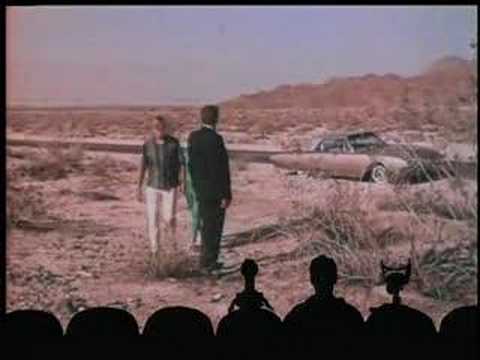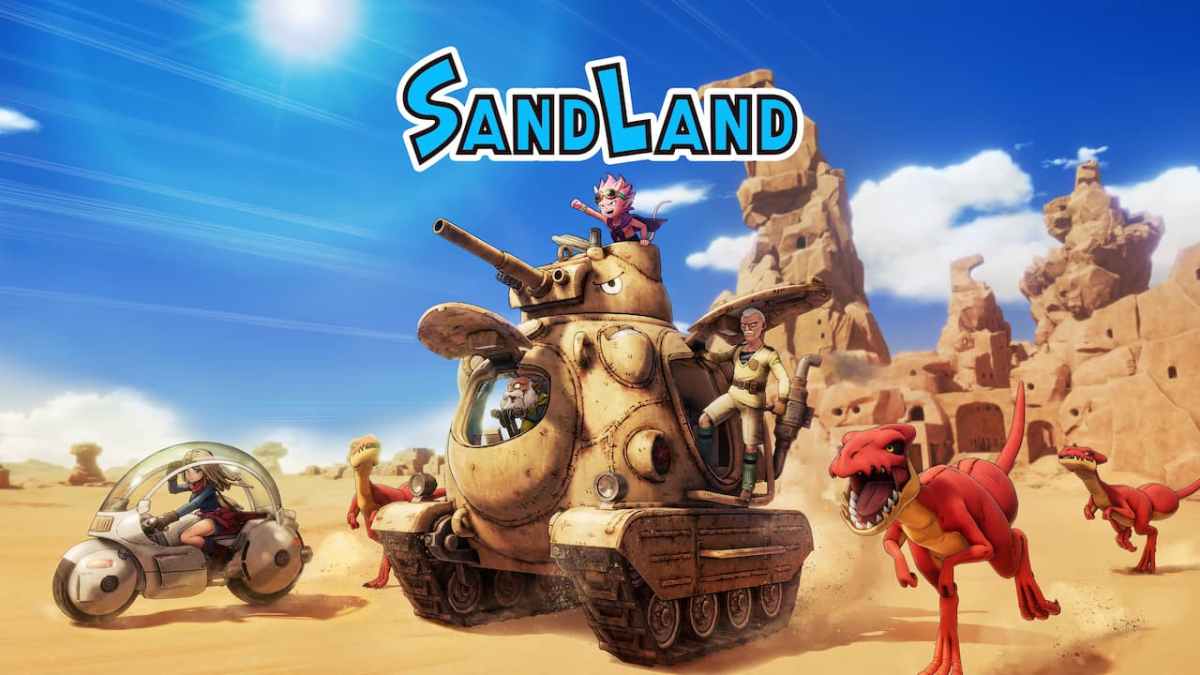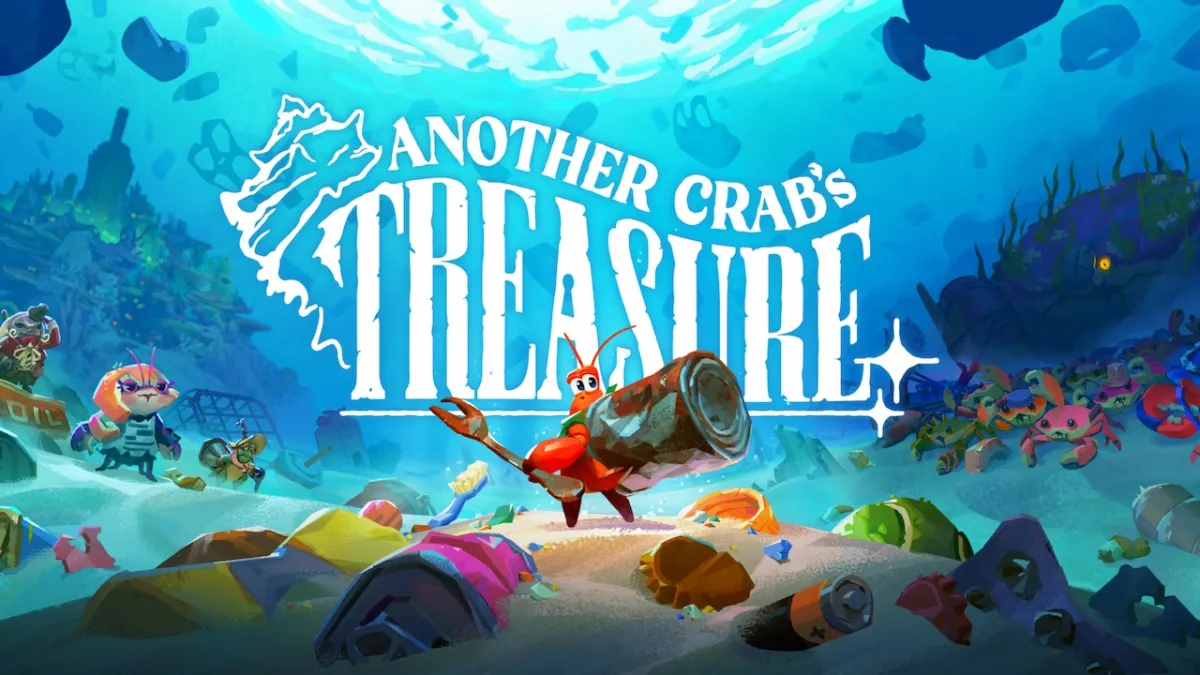Successful innovators tend to be emulated. For a time, every shooter released after Doom was a ‘Doom clone.’ Some of them deserved that name. Others were fine games in their own right. Once there were enough titles following similar mechanical cues, First-Person Shooter became a genre. Given the great success of FromSoftware’s Souls series, it was only a matter of time (and has actually taken longer than I’d anticipated) for another company to have a go at challenging, third-person combat with stamina management.
Lords of the Fallen is a game full of systems and mechanics that are clearly influenced by the Souls titles (Dark Souls in particular,) which means it’s also letting itself in for a great deal of close scrutiny; an inevitable consequence of borrowing from one of the most analysed series’ in gaming. Though Lords of the Fallen is going to mostly come up short in a direct comparison, the conclusion ‘didn’t manage to be quite as good as Dark Souls’ should be read largely as praise, not as condemnation.

There’s no multiplayer, so at least you won’t get invaded on this bridge.
The best way to demonstrate Lords of the Fallen’s healthy attitude towards the Souls games (and sorry, there’s really no way to write this review without constant reference to those titles) is that the ‘alternative’ gamepad control scheme is 95% of the way to being Dark Souls. It reminded me of the way FIFA and PES offer alternate control configurations from one another’s games. Producer Tomasz Gop (formerly of CD Projekt Red) and the rest of the CI Games team aren’t trying to hide any inspirations, and seem well aware that a significant amount of people picking up this game will want to settle in with a familiar control scheme.
And yes, as with FromSoft’s titles, a gamepad is recommended here. You can fully redefine the keyboard controls though, so if you’ve been comfortable using mouse and keys in Souls games you should be fine here too.
As the game’s tutorial takes you through the light and heavy attacks, optional parries (with the right kind of shield,) backstabs, locking on to foes, and the energy management of blocks and rolls, the Souls fan will be nodding along in recognition.
Feeding into that familiarity is the way in which equipment weight has an impact on your roll speed, how character stats like Strength and Agility provide scaling on different types of weapon, and the way in which those weapons offer distinct move-sets. Dual daggers are very different from swinging around a ten foot greataxe. Individual weapons come with stat requirements (but can still be ineffectively wielded by those who don’t yet have the numbers,) and the term ‘Poise’ pops up in relation to the stability of armour.

Backstabs are just as enjoyable as ever, and you have to develop the same kind of ‘feel’ for them.
These familiar systems also translate to the kind of weighty, methodical combat Souls players are used to. Combat encounters with grouped enemies are fairly rare (unless you dash around the map like a loon,) with one-on-one or one-vs-two being pretty much the standard. Lords of the Fallen is definitely much more forgiving of mistakes, but you can still lose a chunk of health by ballsing up a one-on-one encounter, requiring a quick sip of the Not-Estus health potions replenished at the Not-Bonfire checkpoints.
As an illustration of Lords’ friendlier and more accessible nature, it’s possible (unlike in Souls) to cancel out of drinking a health potion in favour of a block or dodge.
Lords of the Fallen doesn’t tinker a whole lot with the combat formula, but incentives for timing weapon swings are one such addition. Timing your hits correctly (usually just as the previous swing ends) will cost less energy and sometimes lead to different combo flourishes that deal more damage. This works pretty well and serves as mechanical guidance for players not to just hammer away at the attack buttons.
Heavier shields also provide the option of a kind of charging attack that can stagger an opponent and knock away their own shield, offering an opening. Certain enemy types are specifically designed with mastery of this move in mind. Jumping attacks and the almighty kick are present too, though the latter is left rather redundant by the shield charge (there’s still the odd pit to punt foes into, mind you.)
In a further nod to accessibility, there’s no weapon durability. Nor do weapons ricochet off the walls of narrow corridors. You can, however, smash every bookcase, barrel and table in the realm into twenty thousand Havok Physics-esque pieces by rolling through them. That’s still pretty satisfying.

Not the sort of graveyard anybody brings flowers to.
Lords of the Fallen consolidates ranged attacks into the Gauntlet, which every character is given access to early on. This can be altered using collected Runes at the inter-dimensional blacksmith, turning the default projectile types into (say) a flamethrower effect, or a poisonous orb. Runes can also be used on weapons and armour to bolster their effects and, occasionally, spent to open magically sealed doors and chests.
Magic seems tailored to a support role, as every player chooses one school (of three) and each of those schools contains four spells. The first of which (Prayer, a decoy spell) is roughly the same for each tree. Based on that, a pure magic run doesn’t seem like something that’d be all that appealing. As support for your combat style, though, the spells do serve their purpose. As a strength-oriented warrior, I made regular use of the energy-regenerating Rage. In subsequent new game plus play-throughs, it’s possible to select a second spell branch and then a third.
I’ve mentioned Lords of the Fallen’s checkpoint system as being rather similar to Souls’ bonfires, but again it’s both slightly different and a little less demanding. Activating a checkpoint will not resurrect enemies, only death will do that. The number of potions a checkpoint will provide diminishes if you use them too often, so that prevents a certain amount of abuse. Lords also implements an interesting risk-reward system regarding stored experience points. If you continue to hold experience on your character, you accumulate a steady multiplier for enemy kills. The moment you bank the experience at a checkpoint, that multiplier returns to the default 1.00.
It’s one of the game’s more interesting innovations, encouraging riskier play for those who want to press onwards without storing their experience points.

The Crafter can augment your Warhammer-as-hell armour.
As with Souls, experience points remain at the location of death. Though Lords of the Fallen adds a twist here too, with the experience slowly ticking down over time until it’s reclaimed (or lost when you die again.) In addition to the draining effect, your experience ‘ghost’ provides a localised buff and slow health regeneration effect. This means it can be potentially useful for boss fights as long as it remains ticking down, giving you the choice of grabbing the lost experience or making use of it to give you an edge in the battle.
I say ‘potentially’ useful, because the bosses themselves (the titular Lords) aren’t terribly challenging. As somebody who just finished up the Dark Souls 2 DLC trilogy I absolutely accept that my concept of what constitutes a difficult boss fight may presently be hovering at the extreme end of the spectrum, but none of the fights here took me more than four attempts. A few of them, I beat first time. I killed the final boss in two. Lords of the Fallen has clearly not been designed to be as punishing as the game it’s inspired by, and that’s fine. That difficulty isn’t for everyone. But even taking that into account, the bosses here seem to have been tuned a little too easy. Even when the game throws a ‘2v1’ style boss fight at you, they take turns to attack.
Some of the encounters have some interesting quirks (a rage meter that increases as the Lord damages you, an insta-death attack that only standing on certain areas of ground will avoid,) but their design trends towards ‘large, burly humanoid who’ll roar at you in a pre-fight cutscene.’
They do offer a little self-imposed difficulty by each having a very specific (and harder) method of killing them that will provide unique rewards; things like finishing the fight without taking any damage. But the game doesn’t actually tell you what these are, so a ‘special boss killing method’ run isn’t going to happen until the internet reveals all.

I’m the champion now, Champion.
Level design fares a bit better, and the developers clearly understand the appeal of the interconnected Souls map with decent enemy placement and secrets to uncover off the main path. Much of the game takes place inside the grounds of a walled monastery/citadel complex, complete with graveyard, catacombs and other such gloomy locales. There’s also a spot of portal hopping for some external maps. It’s a smaller game than Dark Souls, lasting around 15 hours or so on a first play-through (though to collect and accomplish absolutely everything possible, a couple of additional play-throughs are necessary.)
You can experience a certain amount of satisfying ‘I shouldn’t be in this area yet, but there’s some great loot so I’ll press on’ exploration, but the overall map size and the way the story unfolds prevents this from happening too often. While there are (mercifully) no quest arrows, the narrative tends to determine roughly where you’re allowed to be. Certain doors and areas will simply remain locked off until their allotted time.
The levels have some (very) sporadic platforming parts, which are just about as clunky as they are in the Souls games. Even Lords of the Fallen’s most Souls-ish control scheme delegates sprint to pushing in the left stick with jump on B, which is about as pleasant as it sounds. But aside from some brief jumps early on I believe none of the platforming side-bits are actually mandatory for progression.

Enemy variety isn’t vast, but new ones do keep popping up right the way to the end.
As may already have been implied, Lords of the Fallen’s narrative presentation is straightforward in nature. Closer to a traditional RPG, NPCs converse with you through dialogue trees and give you pretty clear quest instructions (fetch me a dagger, kill those guys for me) rather than just launching into a weird monologue and ending with a disturbing laugh. The voice acting is not particularly great, and at times even seems to have been recorded at entirely different levels, but did temporarily win me over with what I can only assume was a total non-sequitur reference to this semi-obscure MST3K moment.
It’s also unfortunate how stilted the NPC animations are, given that the combat animations are impressively fluid.
Collectible audio log items flesh out much of the story, though you can glean a little bit more from reading item descriptions too. Both demonstrate Lords’ more traditional approach to RPG narrative, in contrast to Souls’ more ambient, enigmatic approach.
There’s also no visual character customisation available. You’re stuck playing the designer’s version of protagonist Harkyn, which is a bit of a shame. Even being able to change the face a bit would’ve been welcome. The story wouldn’t suffer for you being ‘different man/woman with tattooed face and the exact same backstory,’ but time and budgetary restrictions may well have been a factor here. Like Souls, however, your starting ‘class’ (Warrior, Cleric, Rogue) can quickly be tailored and developed into a unique build through the player’s allocation of earned stat points.

Did I mention that the armour style is Warhammer-as-hell? It really is.
Technically speaking, I experienced a couple of strange, hard-lock crashes when rampant fire effects were on-screen, but otherwise things seemed pretty stable (which doesn’t appear to have been the case for everyone reviewing this game.) The PC version offers a reasonable array of graphics options for texture quality, geometry details, post-processing and the like. It’s not exhaustive, but you’ll be able to fiddle around until you find a 60fps sweet spot or whatever you’re looking for.
Outdoor areas proved rather demanding for my i3-2100/8GB/7870 system (dipping as low as 30 on medium-high settings,) with the indoors sitting in a more comfortable 45-60 zone. It never climbed above 60, but whether that’s due to a hard cap or simply my machine is hard to say.
With so many familiar mechanics, Lords of the Fallen’s comparisons with Dark Souls are inevitable. It comes across as a courageous, non-cynical effort to transplant that combat system and some of the level structure into a game that’s a bit less challenging and much more straightforward in its narrative presentation. In doing so, Lords loses some of the mystique that gives the Souls games such lasting appeal, but can instead claim to be more accessible. The title embraces its influences too closely to ever escape claims of being derivative, but with such a heartfelt homage it’s difficult to hold that too strongly against it.




